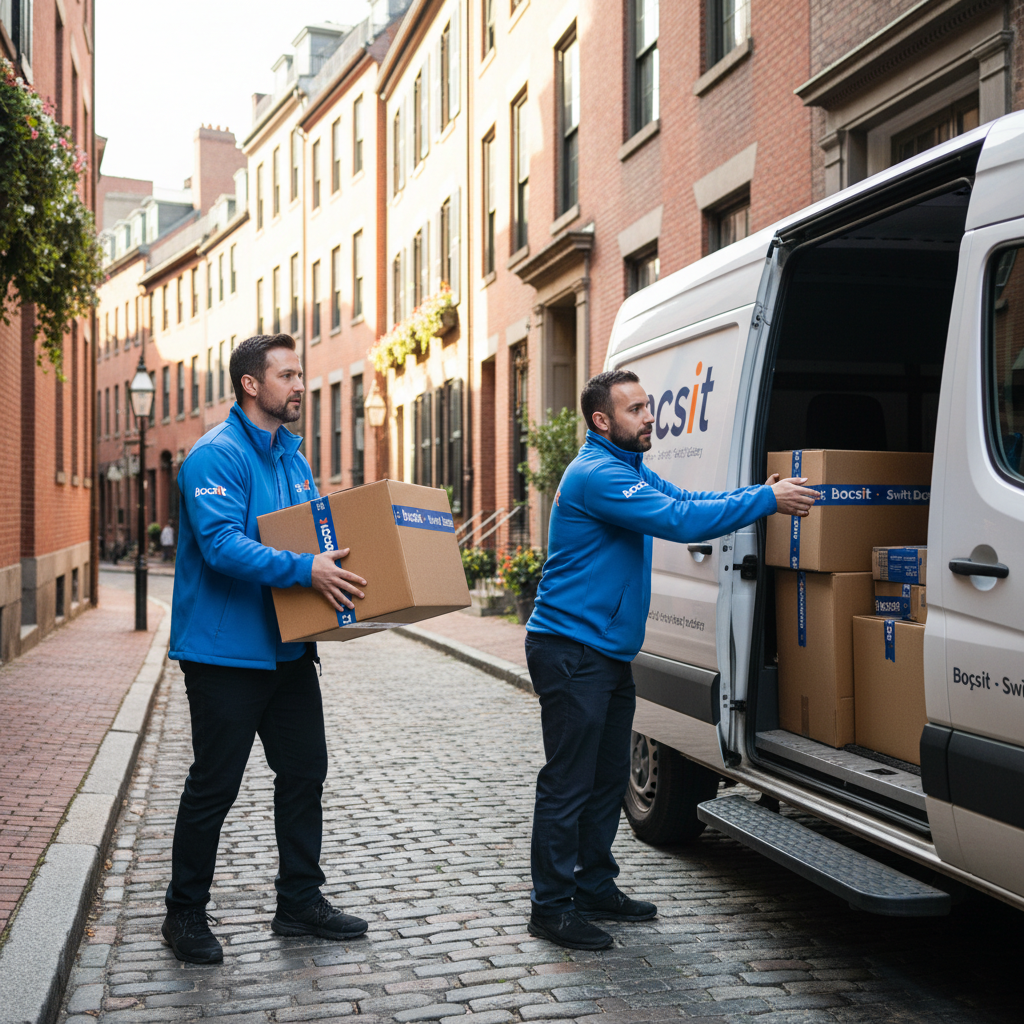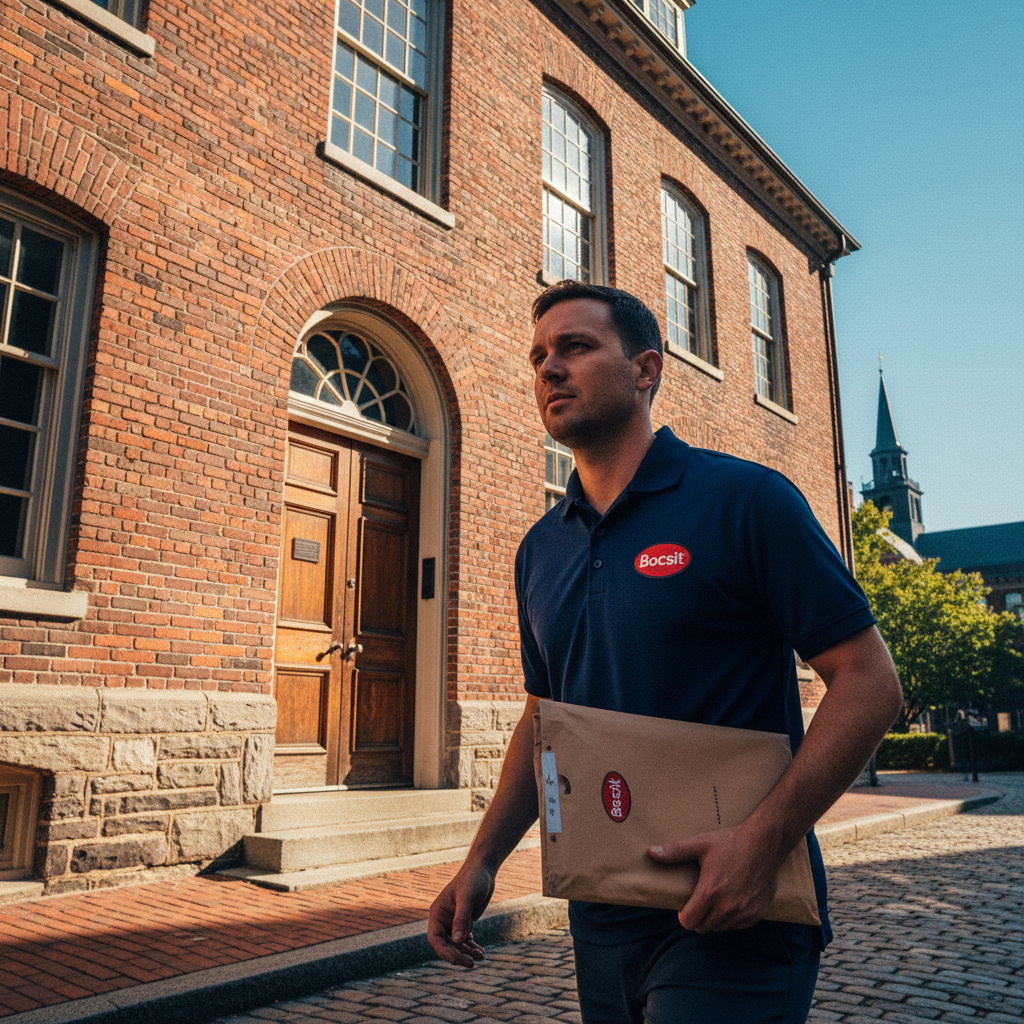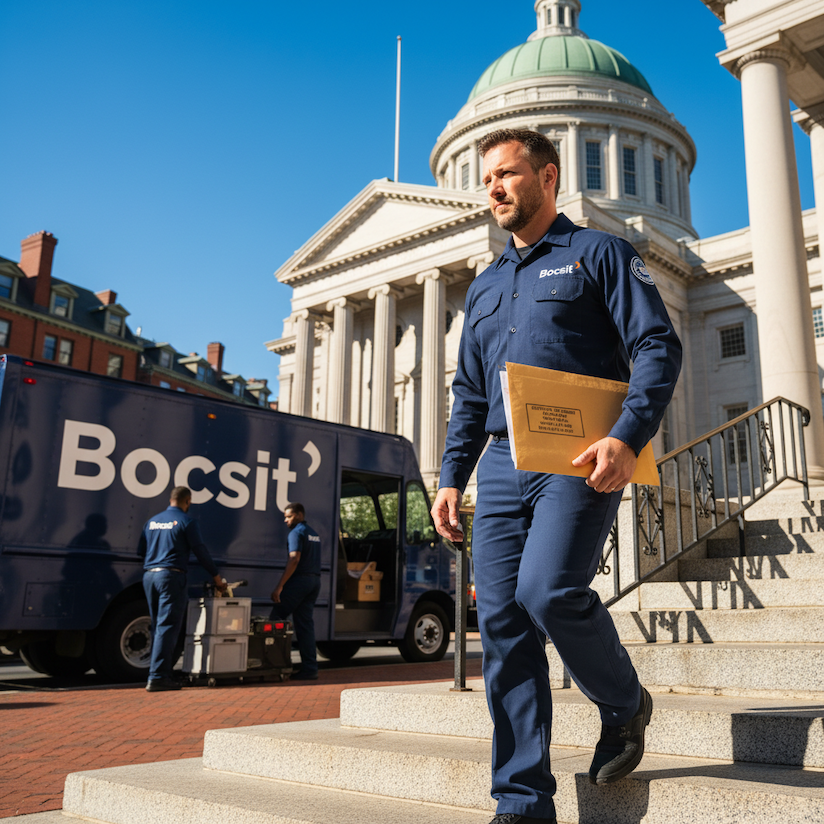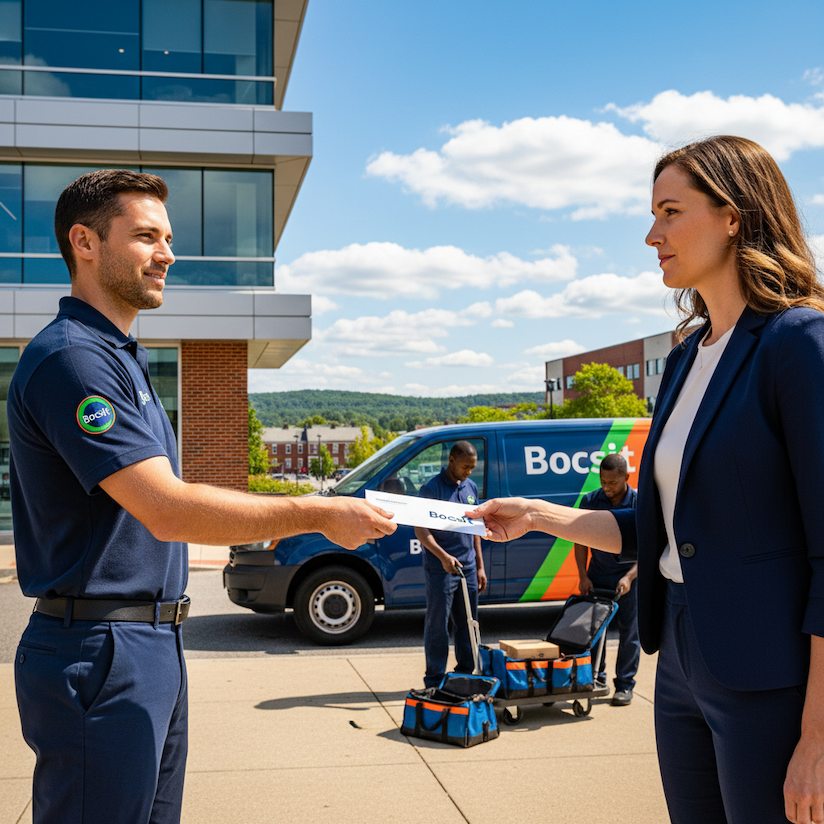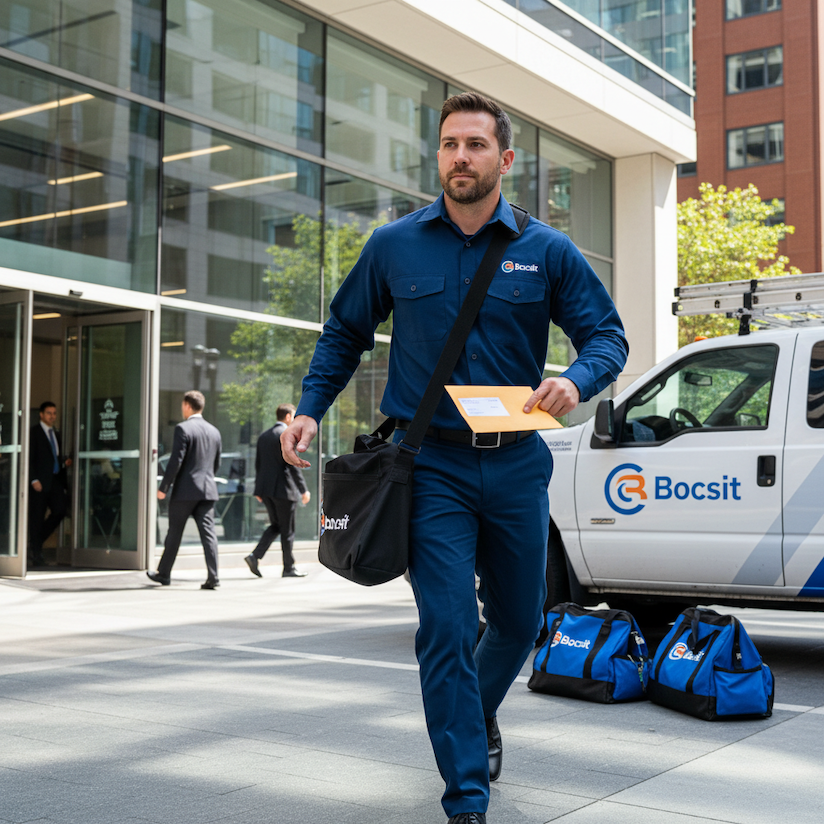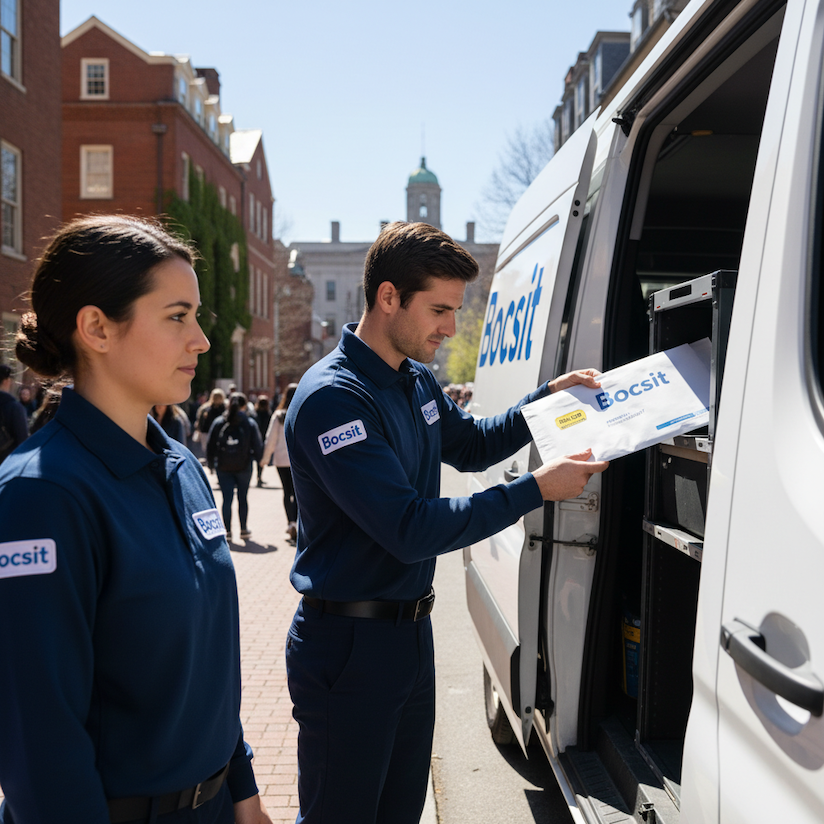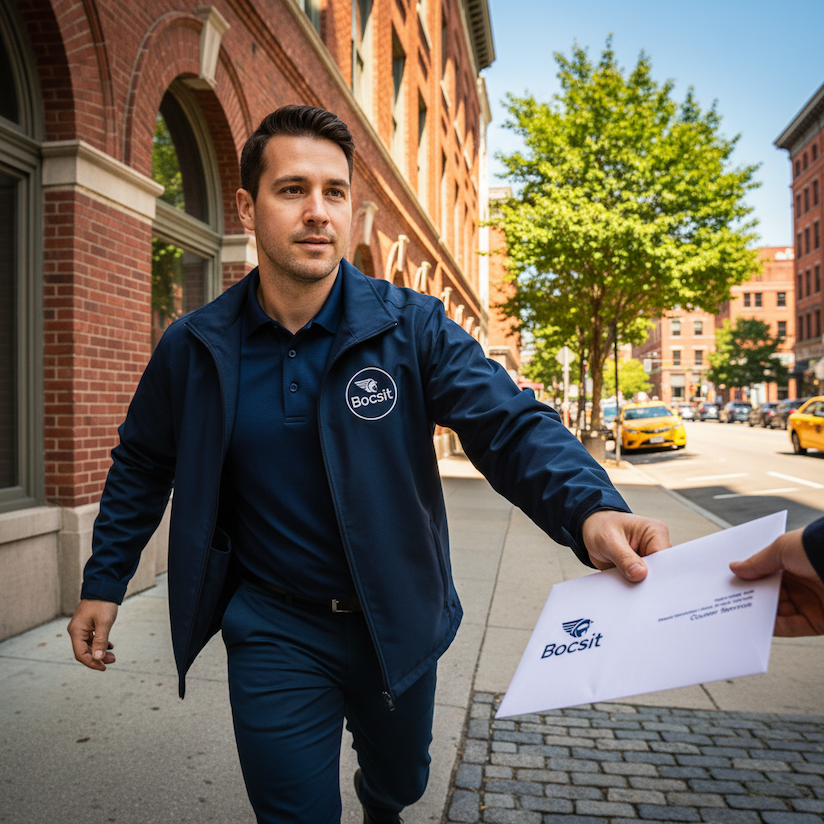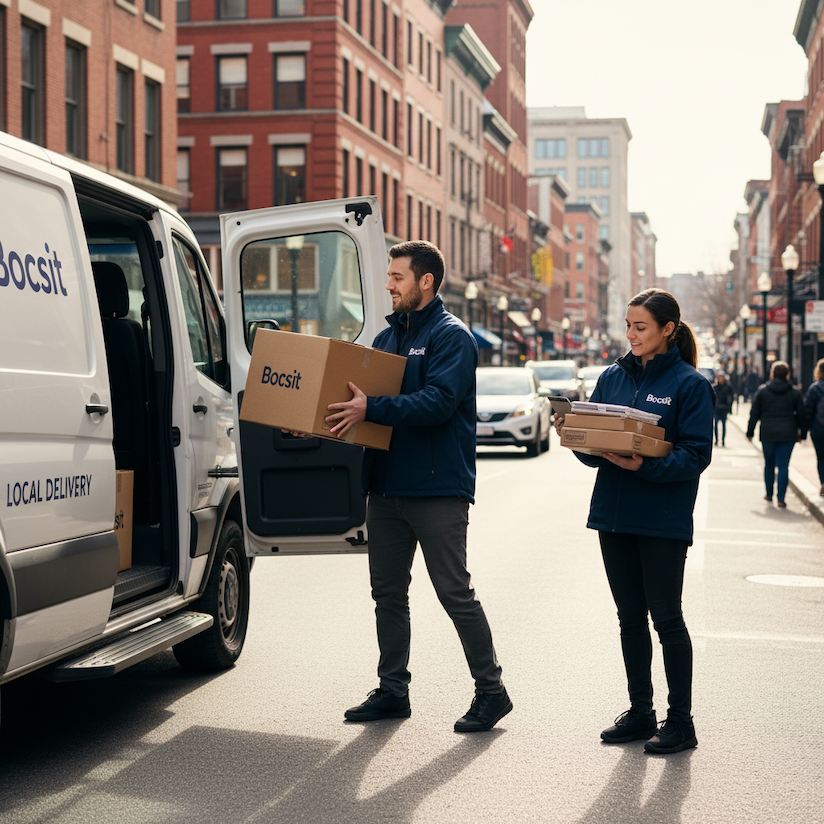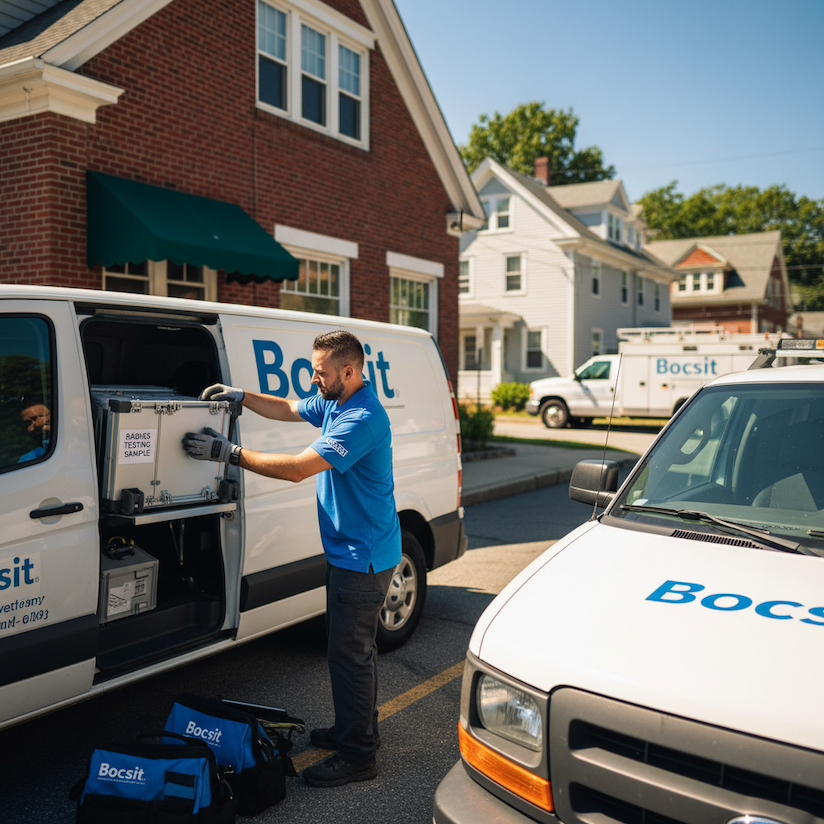Understanding Logistics and Delivery: How It Works and What You Need to Know
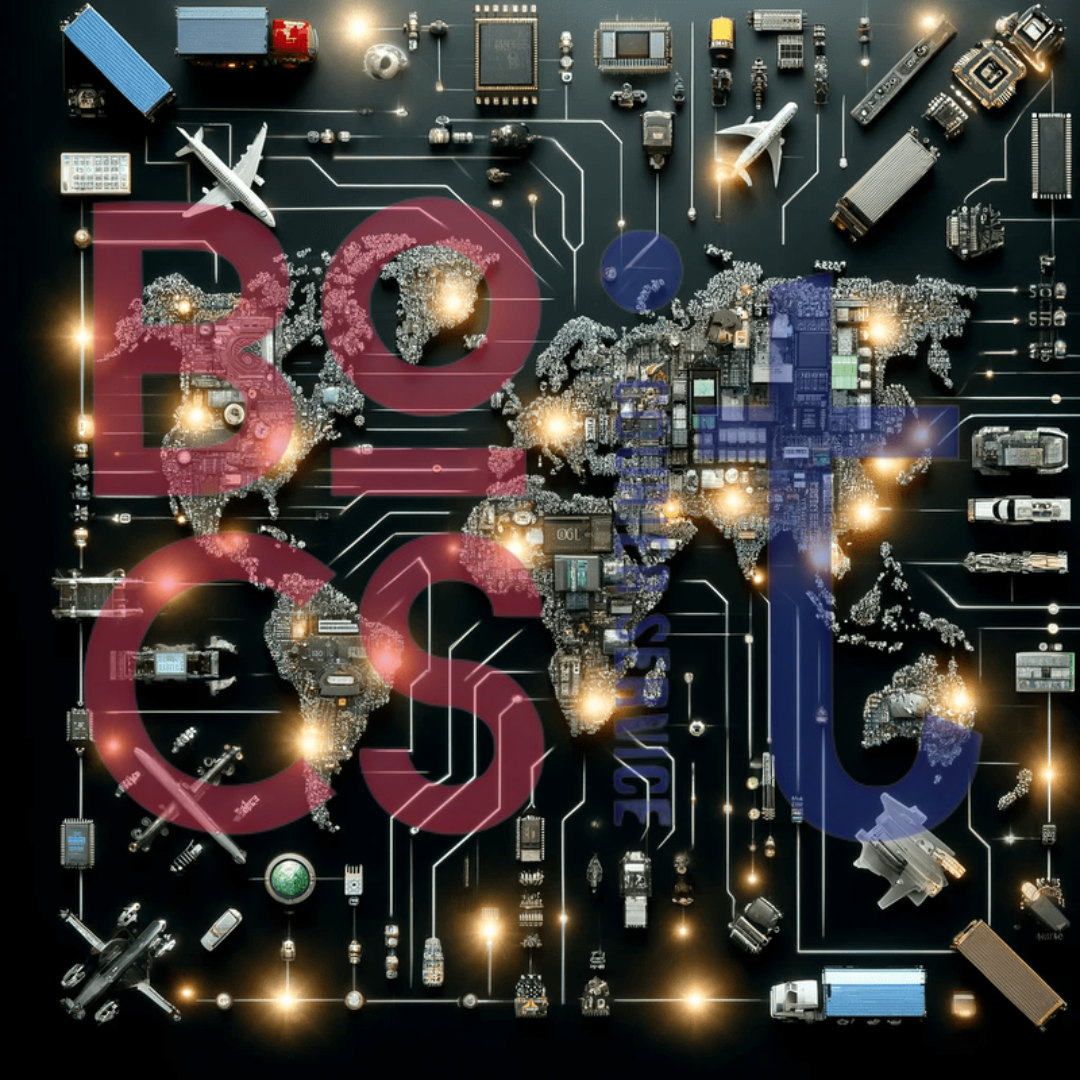
In today's fast-paced world, the ability to move goods efficiently from point A to B is more crucial than ever. But behind every smooth delivery is a complex and dynamic process known as logistics. Whether you're a business owner, a supply chain enthusiast, or simply curious, understanding the logistics and delivery process is key to grasping how products navigate through various stages to reach their final destination. So, buckle up as we embark on a journey through the fascinating world of logistics and delivery, breaking down its components, challenges, and why it's the backbone of global commerce.
The Essence of Logistics and Delivery:
Logistics is the art and science of managing and coordinating the movement of goods, information, and resources. It encompasses everything from inventory management, warehousing, and transportation to order fulfillment and customer service. Delivery, on the other hand, is the final step in the logistics chain, where goods are transported to their final destination. Together, they ensure that products arrive at the right place, at the right time, and in the right condition.
Key Components of Logistics and Delivery:
- Inventory Management: The cornerstone of logistics, inventory management involves tracking and controlling stock levels to meet customer demand without overstocking or understocking.
- Warehousing: Storage facilities play a pivotal role in logistics, acting as the hub for receiving, storing, and distributing products.
- Transportation: This includes the selection of modes of transport (road, rail, air, sea) to move goods efficiently and cost-effectively between locations.
- Order Fulfillment: The process of picking, packing, and shipping orders to customers. It's where the efficiency of your logistics really gets put to the test.
- Reverse Logistics: Managing returns efficiently is just as crucial, involving the process of returning a product from the customer back to the inventory or disposal.
How Logistics and Delivery Work Together:
The journey of a product from warehouse to doorstep is a coordinated effort. It starts with the arrival of goods at a warehouse, followed by storage, order processing, and finally, delivery. At each step, technology plays a vital role in tracking and managing the flow of information and goods. The goal is to optimize each phase to ensure speed, efficiency, cost-effectiveness, and customer satisfaction.
Challenges in Logistics and Delivery:
Managing a seamless logistics operation comes with its set of challenges. These include dealing with customs for international shipments, managing transportation risks, ensuring timely deliveries despite weather or traffic, and adapting to rapid changes in demand. Successful logistics and delivery operations are those that can pivot quickly and efficiently to overcome these hurdles.
The Future of Logistics and Delivery:
Technology is rapidly transforming logistics and delivery. From drones and autonomous vehicles to blockchain and the Internet of Things (IoT), innovations are making processes faster, more efficient, and more sustainable. The future of logistics lies in leveraging these technologies to reduce costs, increase transparency, and improve customer experiences.
FAQs About Logistics and Delivery:
Q: How important is logistics in the supply chain?
A: Logistics is critical, as it directly affects the efficiency, cost, and success of the entire supply chain.
Q: Can small businesses manage logistics in-house?
A: Yes, but it requires careful planning and management. Many small businesses also opt for third-party logistics (3PL) providers to handle complex logistics needs.
Q: How do weather and external factors affect logistics?
A: Weather, natural disasters, and geopolitical events can disrupt supply chains, highlighting the need for robust contingency planning in logistics operations.
Conclusion:
Understanding the intricacies of logistics and delivery is vital for anyone involved in the movement of goods. As the backbone of global commerce, logistics ensures that the wheels of trade keep turning, bringing products from manufacturers to consumers seamlessly. By mastering the fundamentals and staying ahead of technological trends, businesses can navigate the complexities of logistics and delivery to achieve success and customer satisfaction.


